For the past few months I've mentioned several times that I've been watching the platanus as I knew it's time for it to lose it bark. It was last year I believe, when I noticed this tree and also shocked me how can a tree lose its bark during winter.
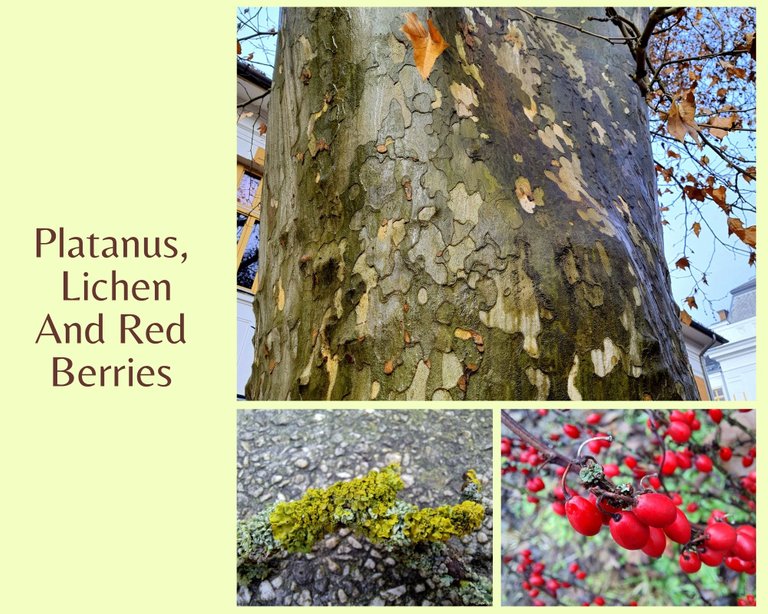
That was when I promised myself I have to follow its evolution to see how it's going to happen.
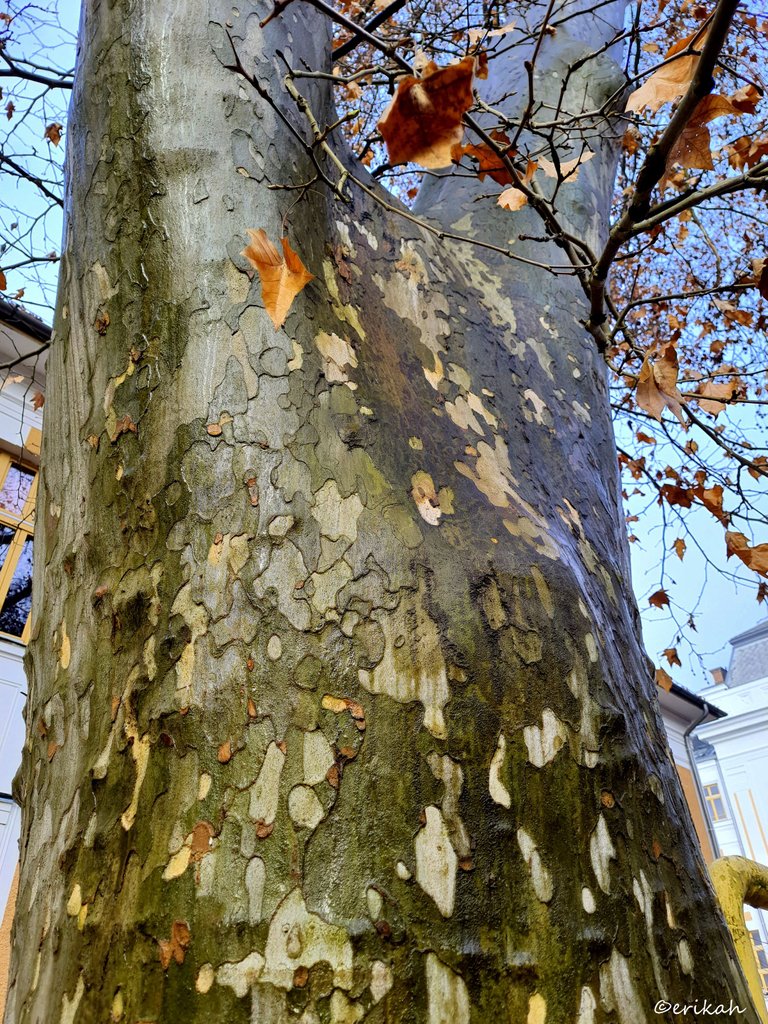
I had to wait till now to see some changes on the bark and as you can see, it starts to peal off already.
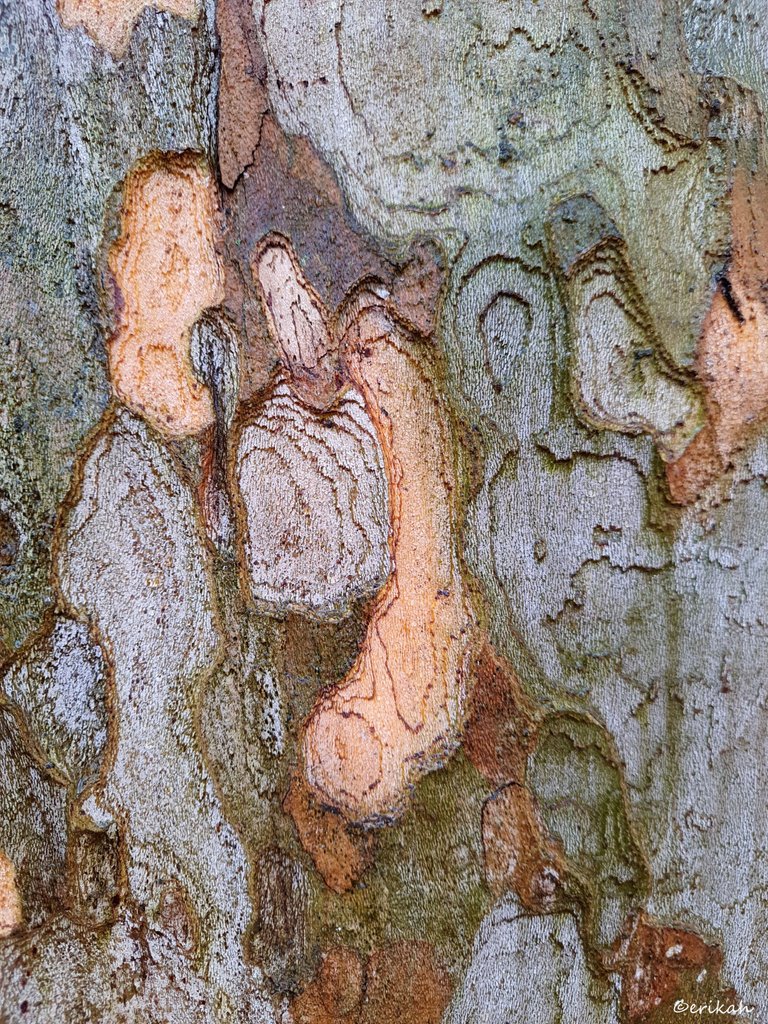
As you can see, the pealing off happens gradually. There are spots that already lost one layer, while the others still have the original outer layer.
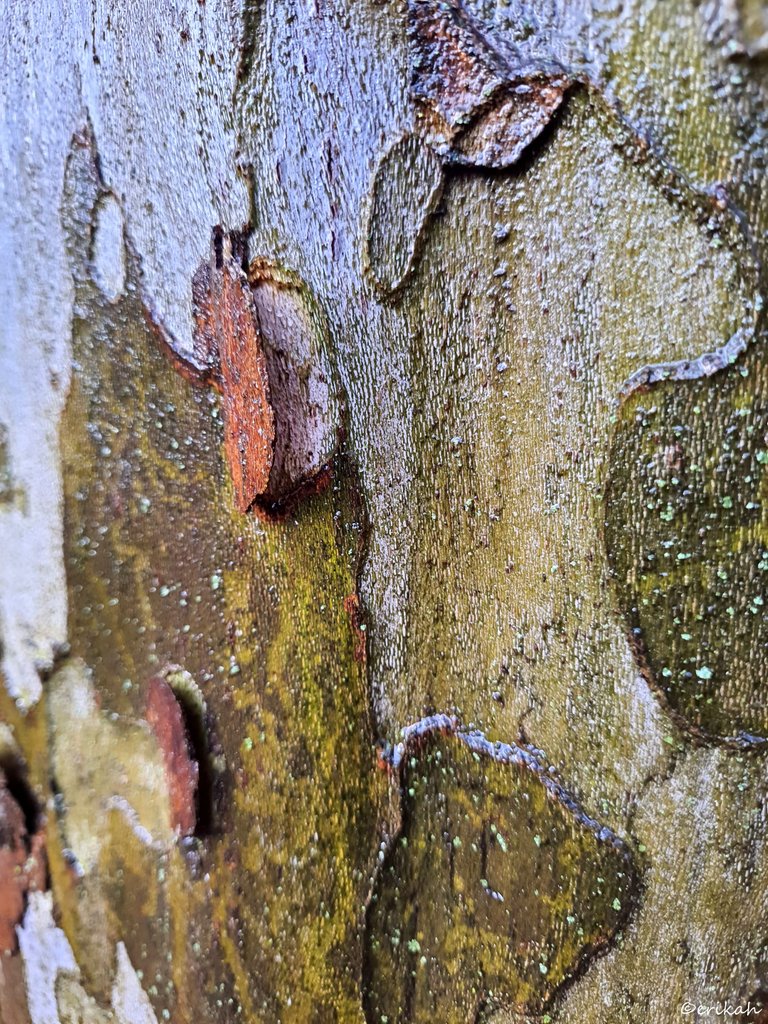
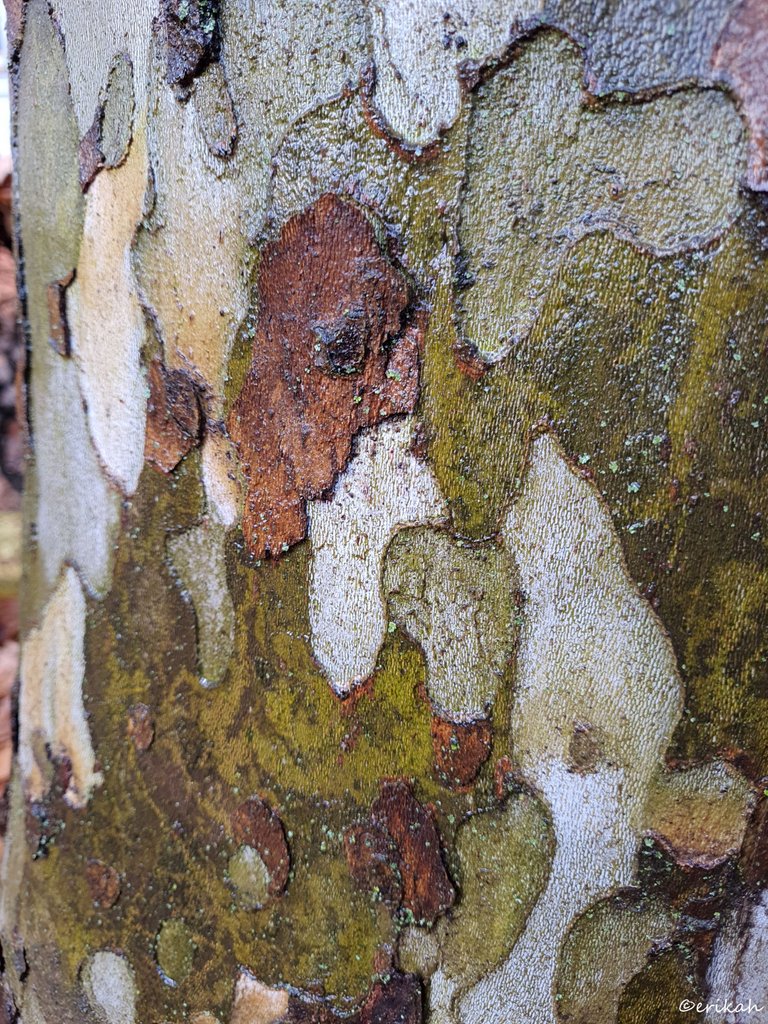
For me, the whole tree looks like camouflage uniform in the army. No wonder the uniforms are made like this as they tend to imitate nature.
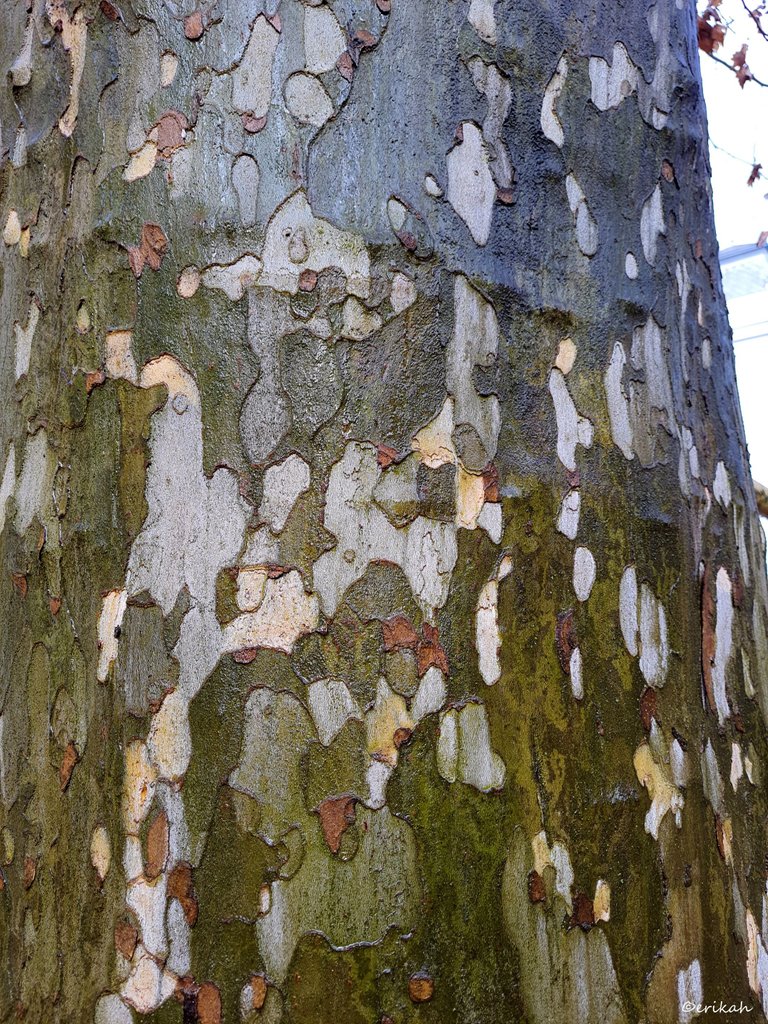
I suppose in a few weeks all the dark spots will be gone and slowly the whole tree will be white, as that's the final color.
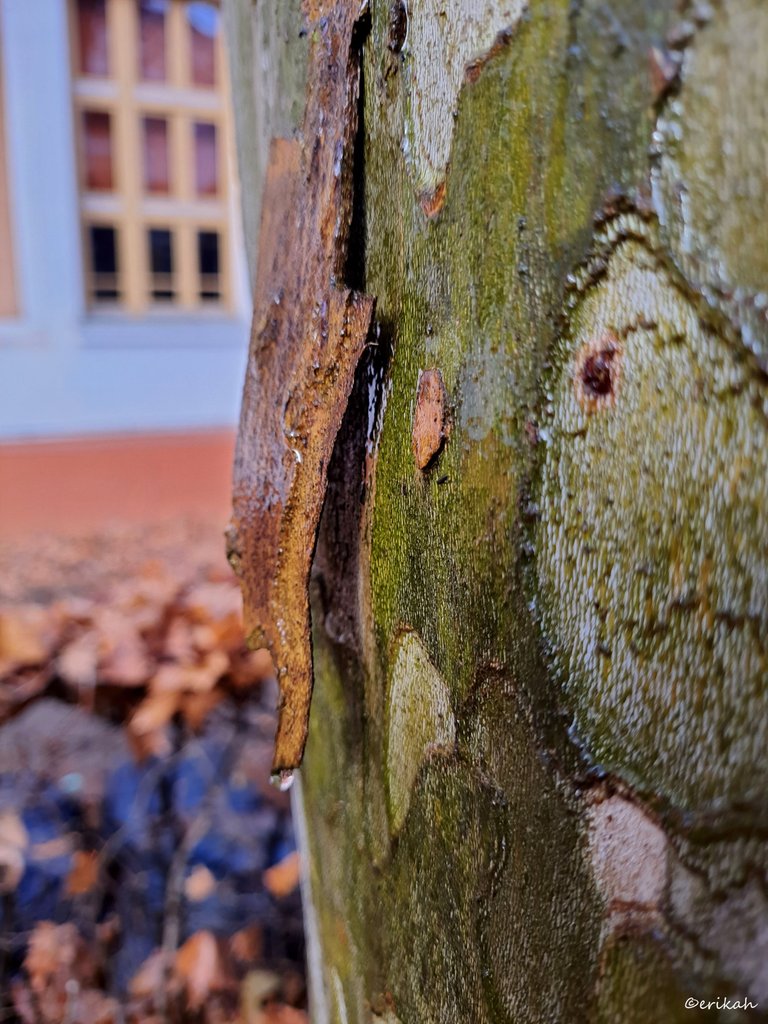
These pieces will all fall down.
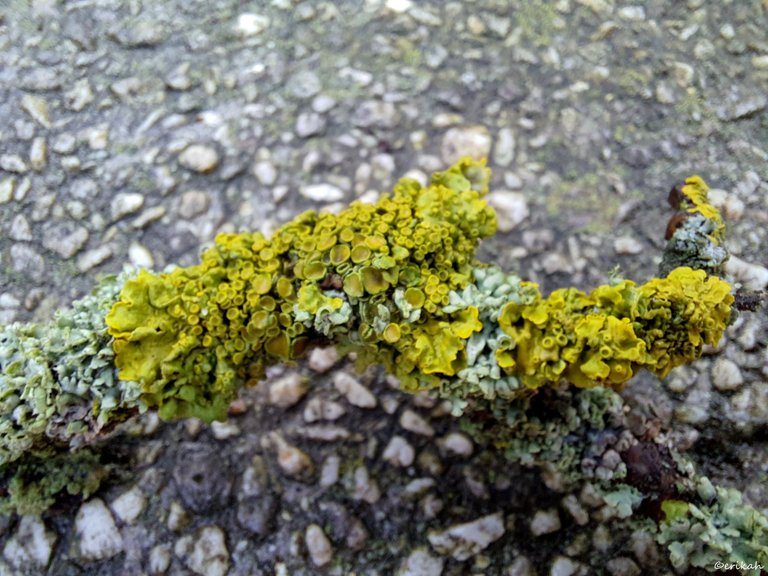
The other area where I need to improve my knowledge is ... lichen! I keep seeing it everywhere as it's very common. There are several types, but I still need to learn to identify which is which.
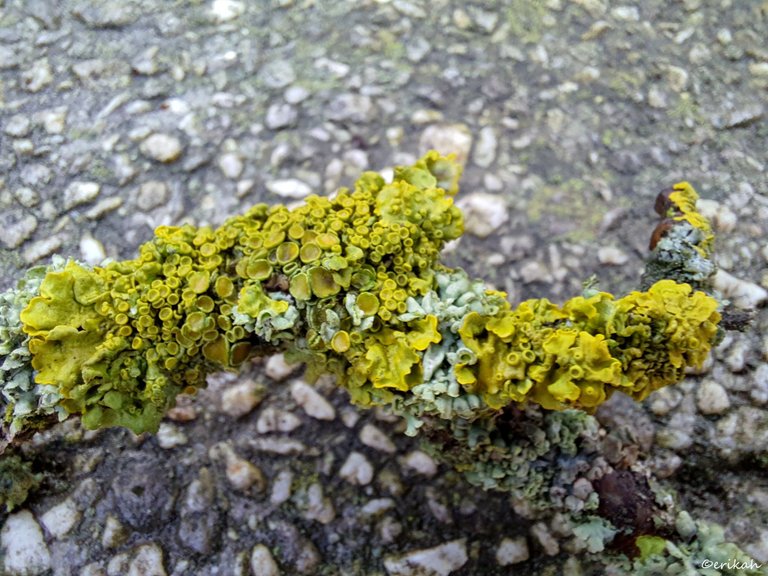
Seems like this is the yellow lichen, which basically is green and if you have a good look, you can see two greens actually. One pale, like silver and the other is kind of like mustard.
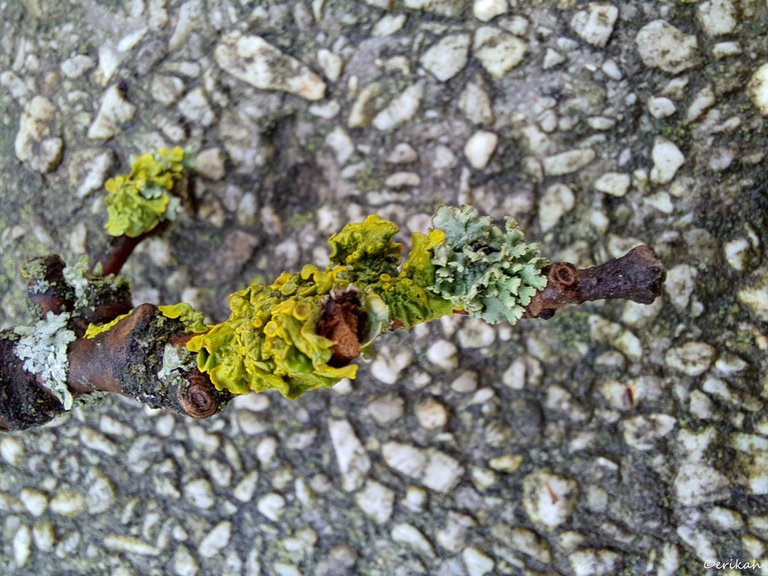
I'm not sure what is going to happen with these lichens, I'm only speculating here. We may see two types here, or one type going through different phases. There's a possibility the mustard green it's going to turn pale green.
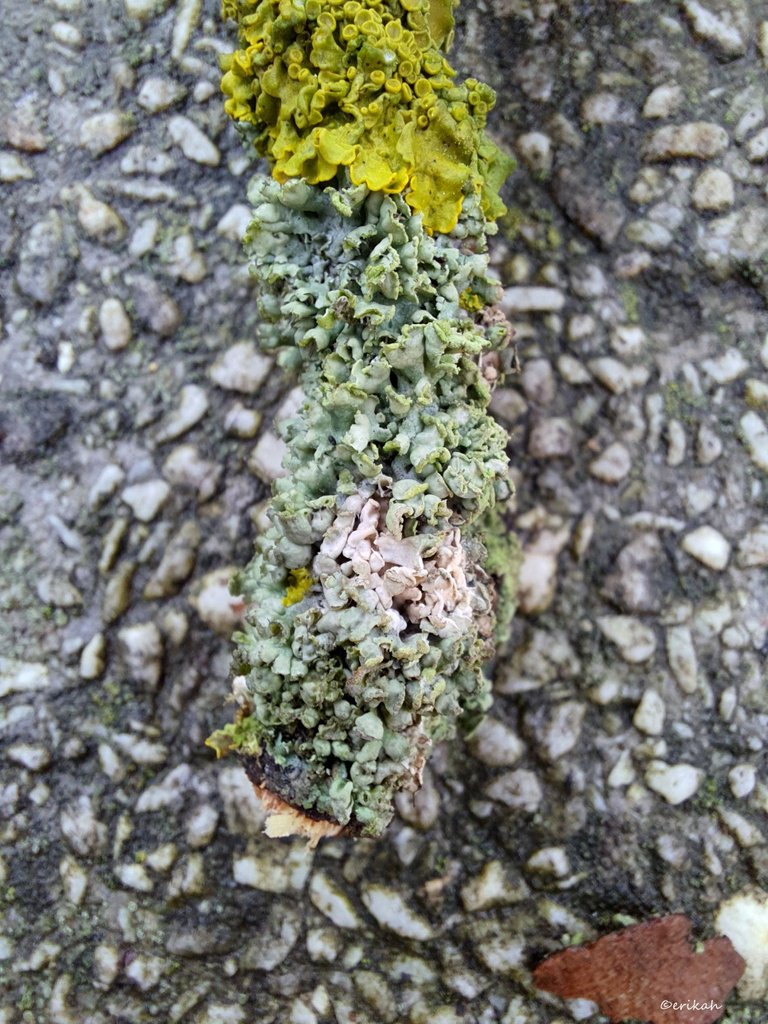
Do you think these are different?
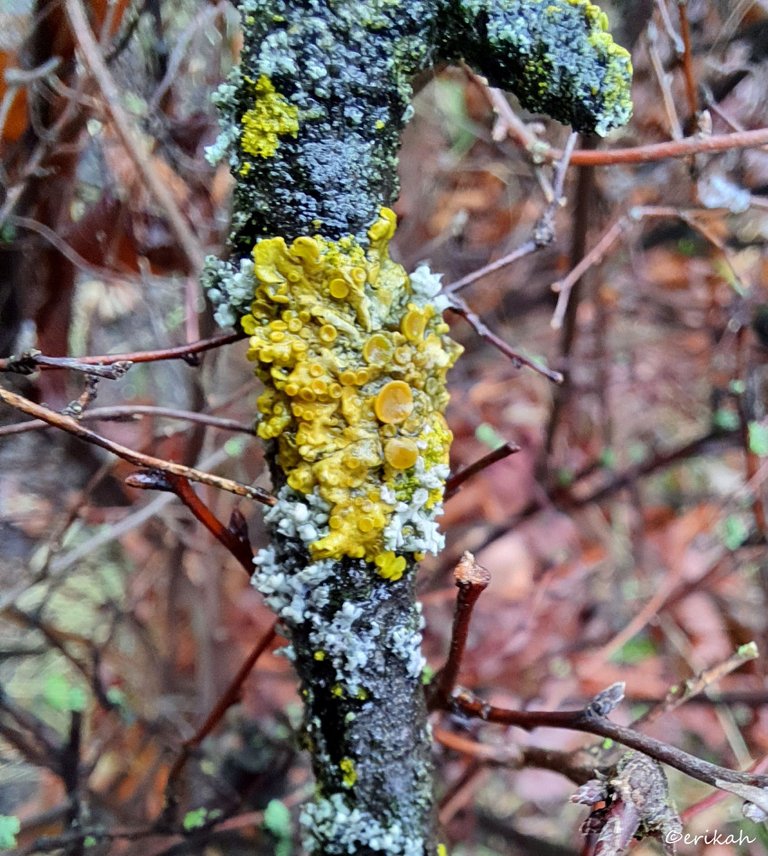
Scientists have long recognized the fundamental partnership that produces lichens: A fungus joins with an alga or cyanobacteria in a relationship that benefits both individuals. In a new study, researchers show that lichens across six continents also contain basidiomycete yeasts, single-celled fungi that likely produce chemicals that help lichens ward off predators and repel microbes.
The finding could explain why many genetically similar lichens present wildly different physical features and why scientists have been unable to synthesize lichens in the laboratory, even when combining species that partner successfully in nature. source
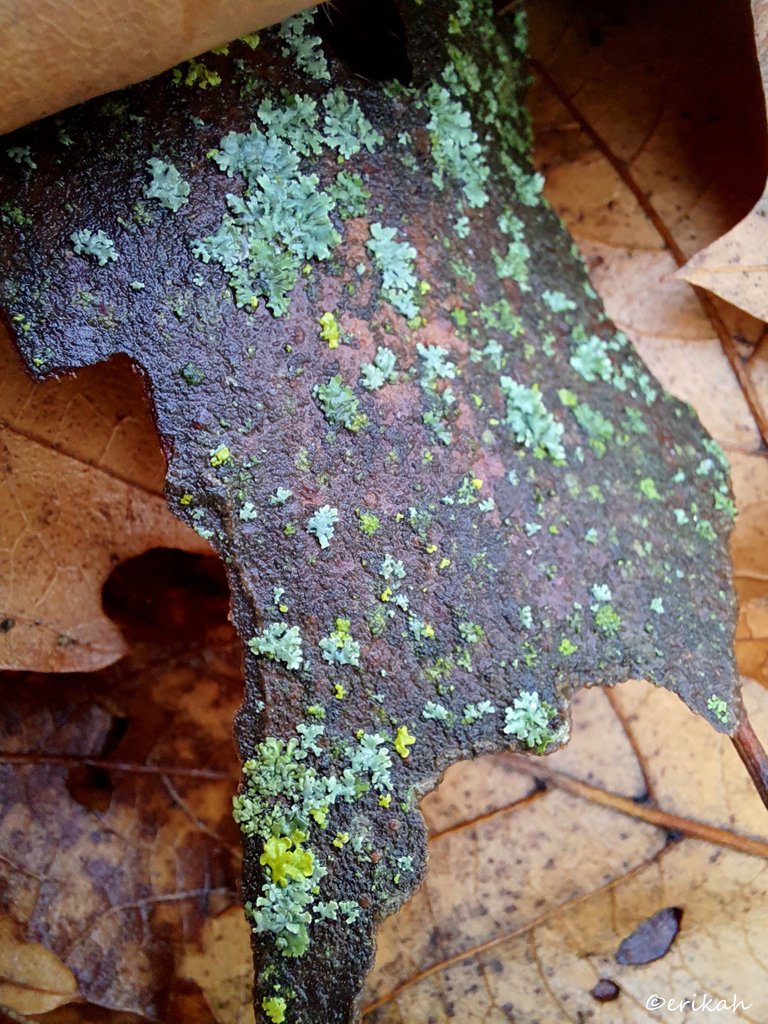
“This discovery overturns our longstanding assumptions about the best-studied symbiotic relationship on the planet,” says coauthor M. Catherine Aime, professor of botany and plant pathology at Purdue University. “These yeasts comprise a whole lineage that no one knew existed, and yet they are in a variety of lichens on every continent as a third symbiotic partner. This is an excellent example of how things can be hidden right under our eyes and why it is crucial that we keep studying the microbial world.” source
What I was able to observe over the past few years is that lichens seem to get dry during summer. Lack of water and high temperatures may cause dryness, but I may as well be wrong.
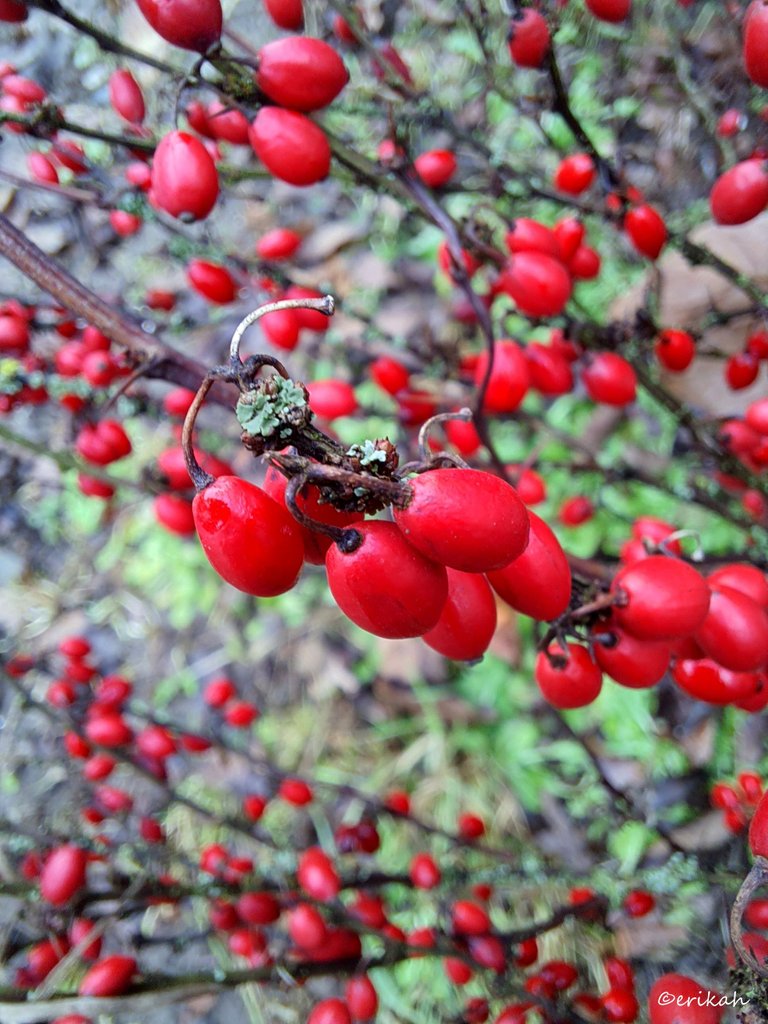
To my surprise, I was able to find these berries. It looked fabulous as everything else is dead now but unfortunately I don't know what these are.
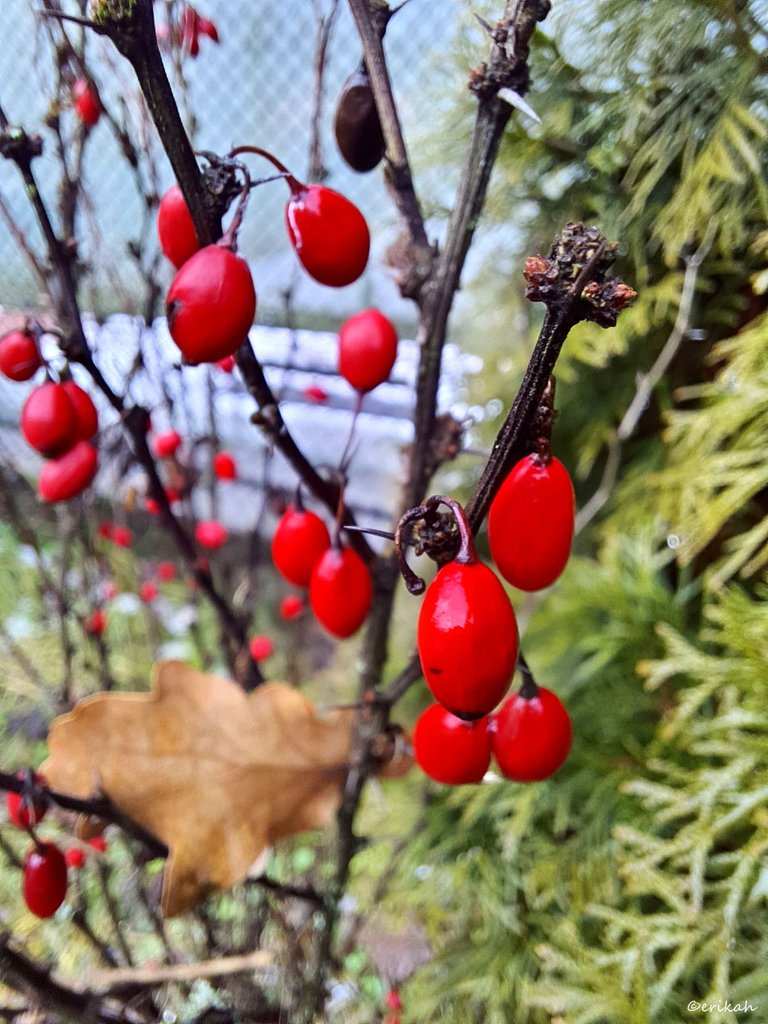
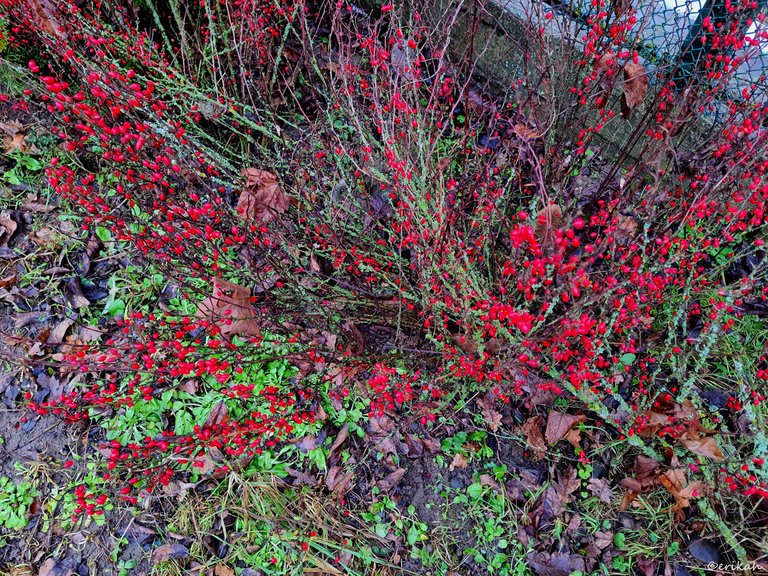
When I'm doing posts like this I am realizing how little I know about these plants. There were times when there were no shops, no pharmacies,everything had to be collected from nature and used to prepare medicine. With this modern life, we get everything from specialists, from supermarkets, pharmacies and have no idea how to recognize them in their natural habitat. Even though I prefer to still buy them from the specialized shops due to pollution, I would love to learn more to be able to identify these plants.



